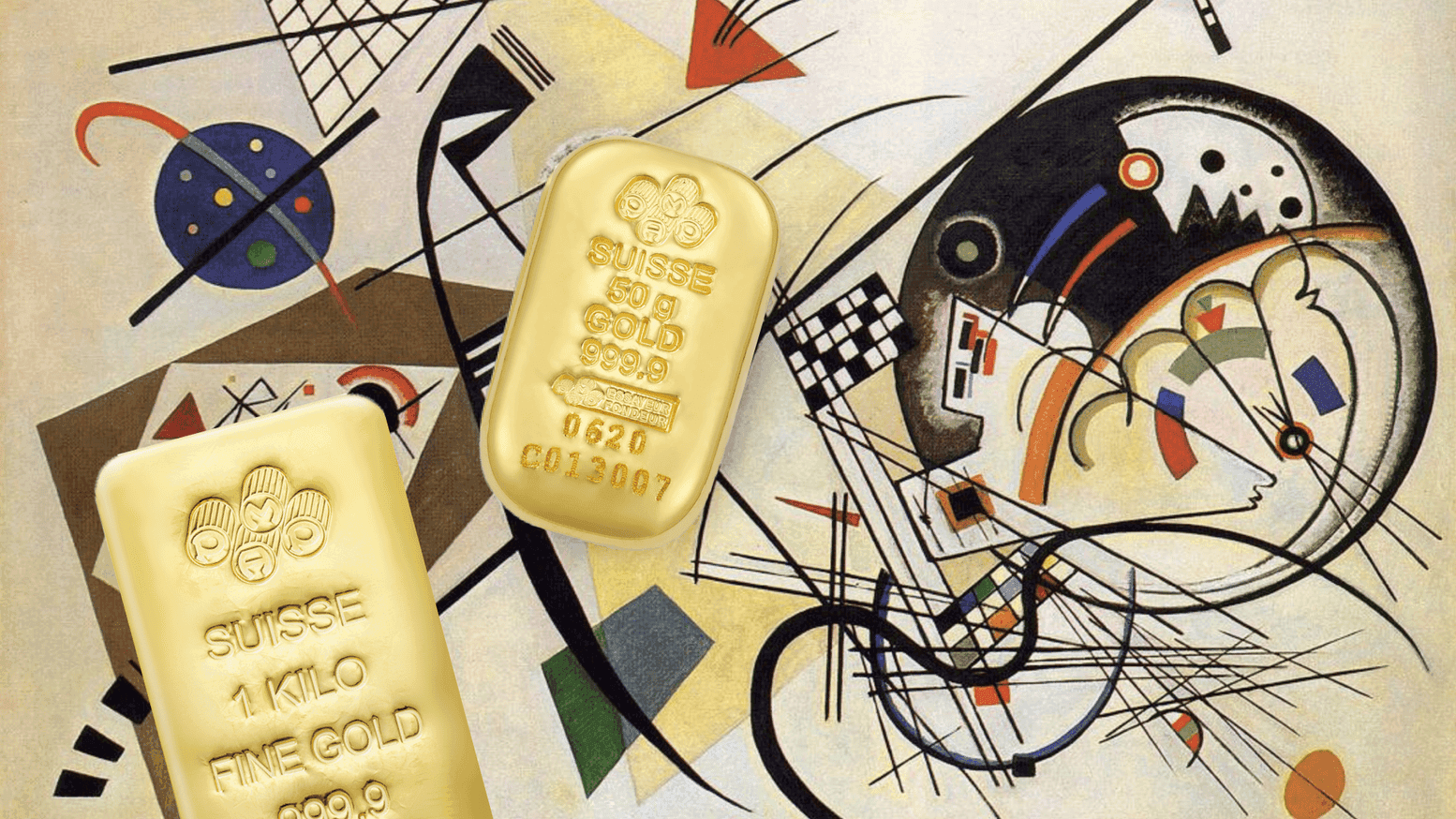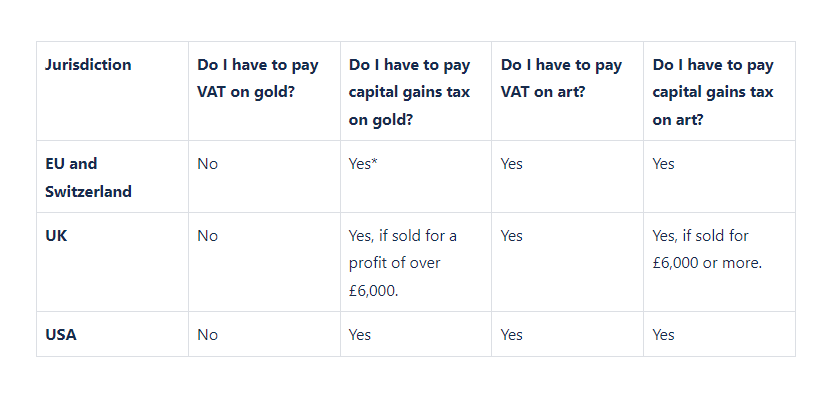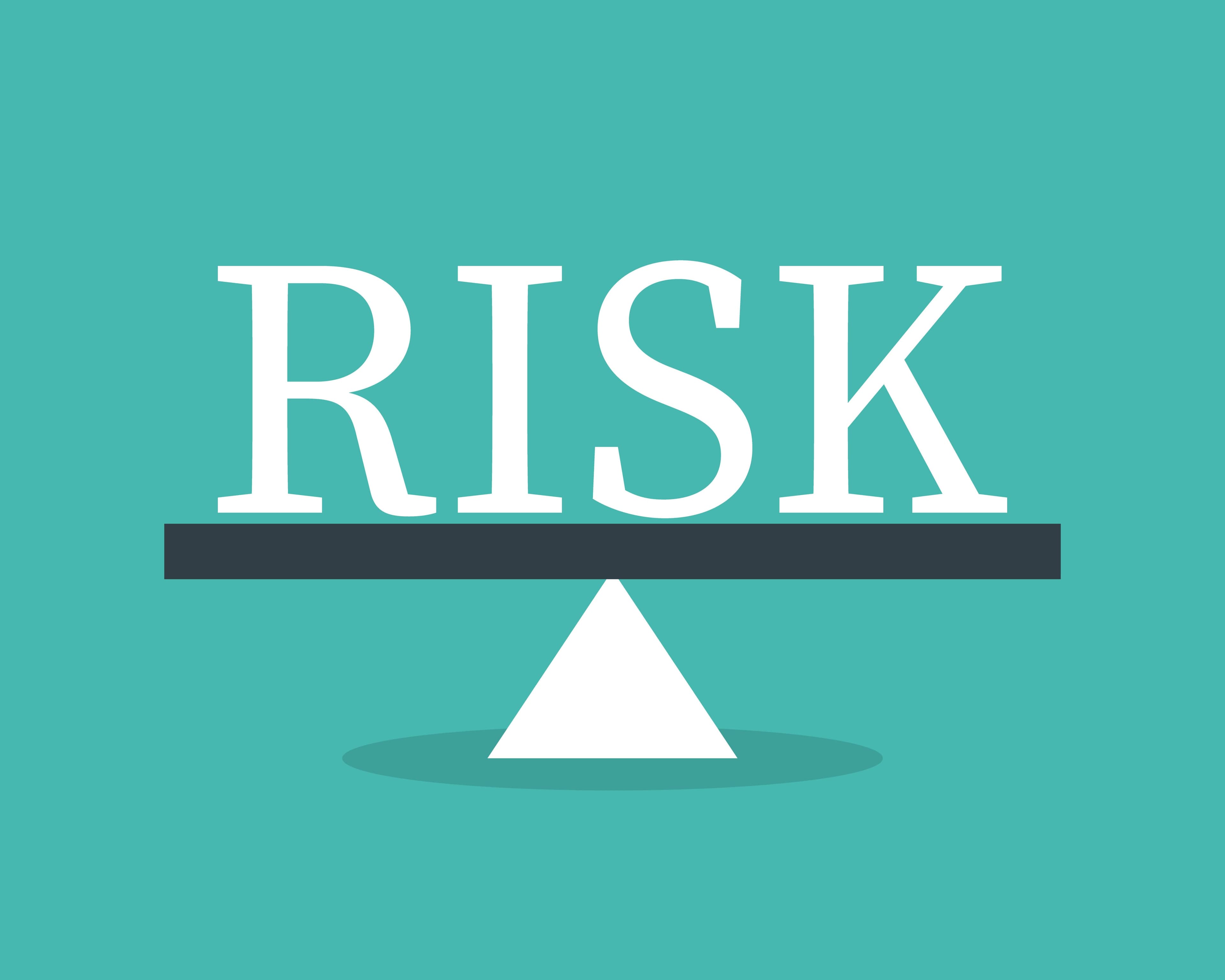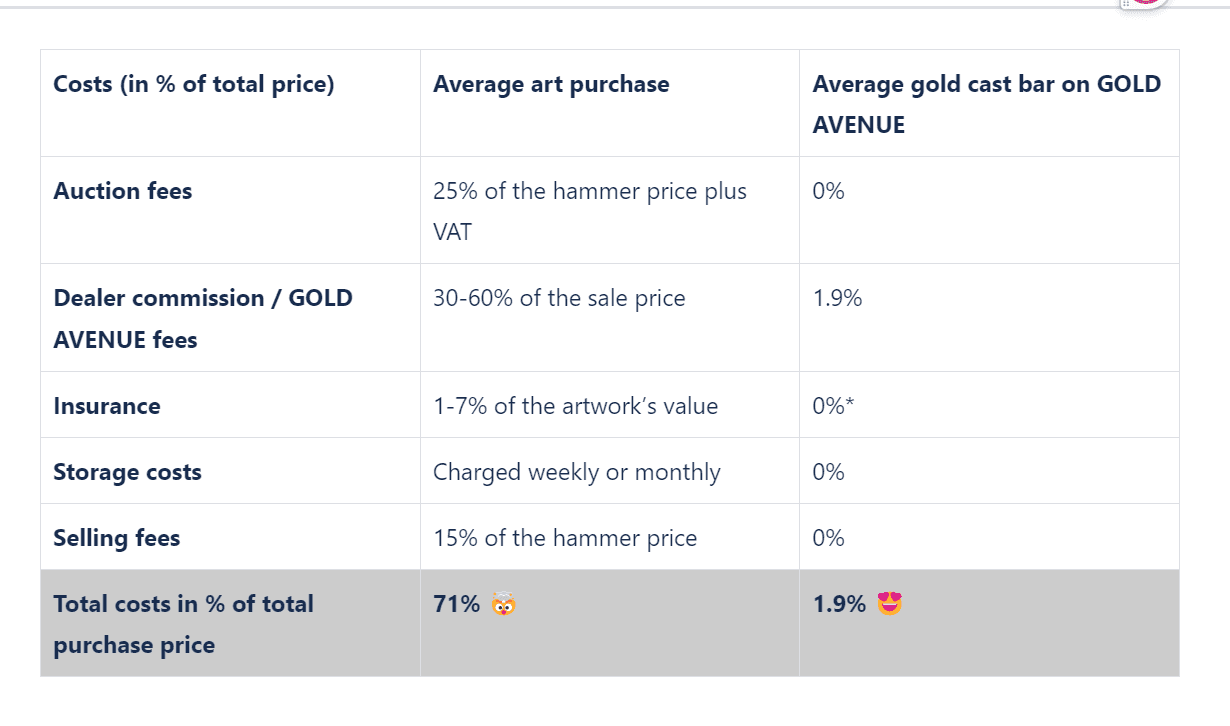Gold vs. Art: Which is the Better Investment?

Do gold bars have you laughing all the way to the bank? Or are skyrocketing sales of Banksy's artwork the way to go? In this investment head-to-head, we lay out the pros, cons and did-you-knows of buying and selling gold vs. art.





